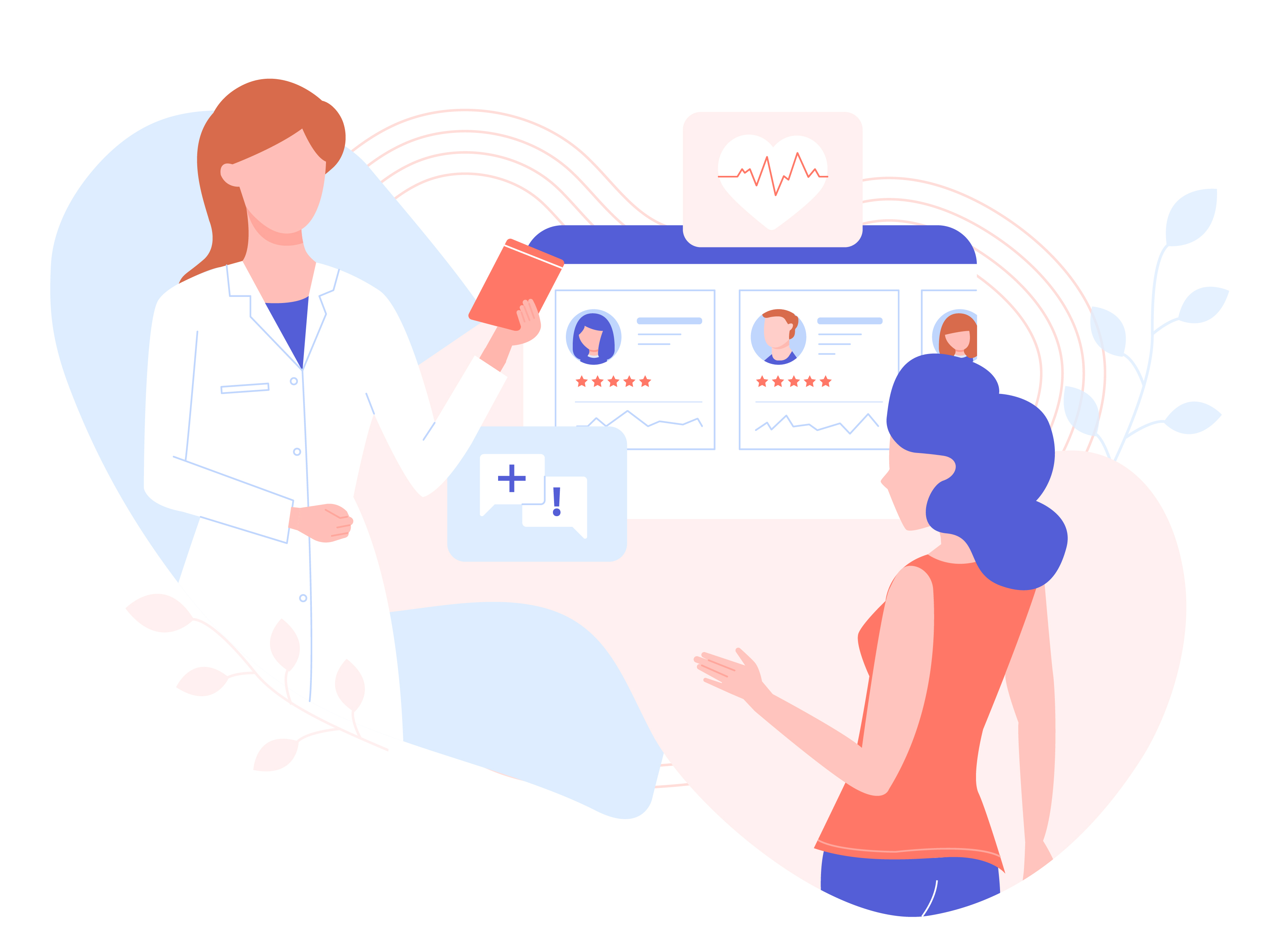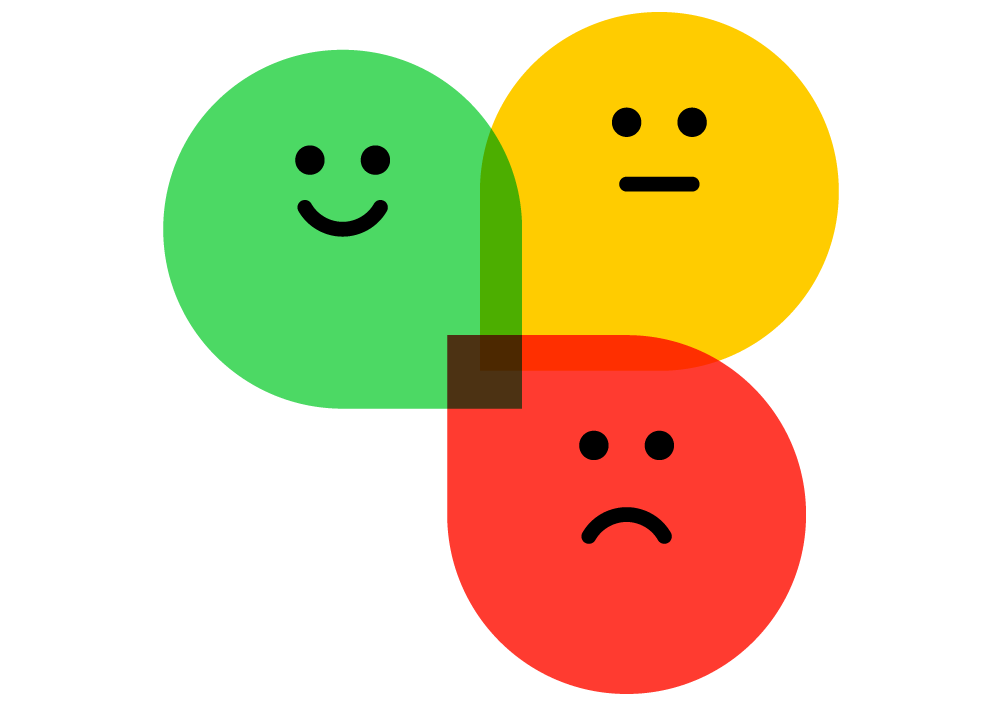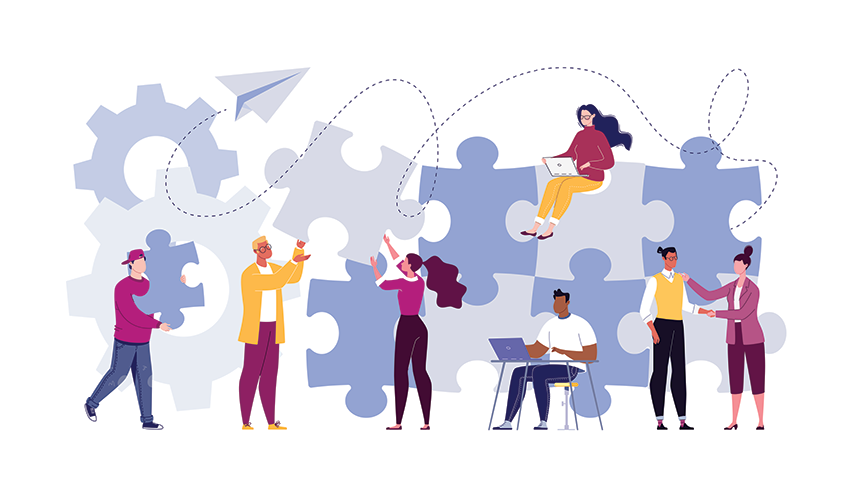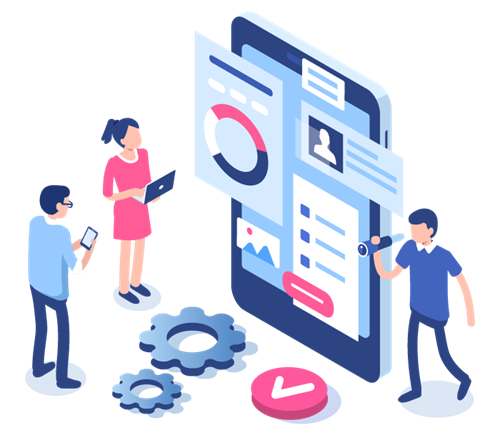6 Ways the Healthcare Industry Can Take Advantage of Different Communication Technologies
by Shaundalee Carvalho | Published On December 5, 2022 | Last Updated August 1, 2025

Discover six ways healthcare providers can use communication technologies to improve operational efficiency and patient care.
It’s no secret that technological advances are a big deal in healthcare. Advances in medical technology mean that new tools and treatments are constantly being developed and improving the way that patients receive care. But there are also less obvious ways that technology can benefit the healthcare industry.
Why Communication Technology Matters in Healthcare
Communication and customer service technologies, while not directly involved with medical treatments, can still improve the experiences of both patients and healthcare workers. These technologies – contact centers, CRM systems, and more – can create efficiencies and optimize communications with patients.
Use cases for communication technologies extend beyond direct communication with patients too. For example, hospital foundation fundraising initiatives can benefit by taking full advantage of available communication technologies; Surrey Hospitals Foundation made use of cloud contact center technology to operate their annual Good Health Telethon and raised a total of $312,575 for youth mental health!
In this blog, you’ll learn about the following communication technologies, including what they are and how they benefit the healthcare industry:
- Outbound notification tools
- Workforce management integrations with contact centers
- CRM system integrations with contact centers
- IVR systems and chatbots
- Omnichannel contact centers
- Contact center surveys
Keep reading to learn more!
1. Automate Reminders with Outbound Notification Tools
What Are Automated Outbound Notifications?
An automated outbound notification tool allows messages to be sent to their intended recipients automatically, either in bulk or individually. These messages can be sent via phone call, email, or SMS message.
Automated outbound notification tools can be used for many purposes in healthcare:
- Appointment reminders
- Public health campaigns for flu shots or other vaccinations
- Pre-appointment instructions
- After-care and follow-up information
- And more
London Health Sciences Centre even used an outbound notification tool during the COVID-19 pandemic to screen patients for risk factors, saving approximately 60 nursing hours per week!
Why Should I Use Automated Outbound Notifications?
Reduce No-Shows Without Wasting Workers’ Time
Patient no-shows are a major source of inefficiency in healthcare, with the Canadian Medical Association Journal reporting that the average no-show rate is about 20%.
One traditional method of combatting no-shows involves contacting patients to remind them of upcoming appointments. While this may help reduce no-shows, it also requires an extra staff member to take the time to do it.
However, using automated notification technology has the same impact on no-show rates without taking up a healthcare worker’s time. This ensures that healthcare workers are not being underutilized due to no-shows, nor is their time being used inefficiently for reminder calls.
Reduce Patient Wait Times
In an effort to reduce inefficiencies caused by no-shows, some health centers intentionally overbook patients, expecting that some will not show up. This ensures that care resources are not being underutilized, but it results in long wait times when patients do show up for their scheduled appointments.
Additionally, a waiting room full of not-so-patient patients can overwhelm staff and cause unnecessary stress. Implementing automated outbound appointment reminders can prevent this by reducing no-shows, eliminating the need to overbook patients.
Provide Complete and Consistent Information to Patients
Automated appointment reminders can help ensure consistent, high-quality service for every patient by providing standard messages for each appointment type that include all the important pre-appointment instructions they need.
This approach keeps patients informed and prevents missed instructions due to human error and forgetfulness. Similarly, post-appointment notifications can be sent containing information regarding medication or other follow-up care.
2. Automate Schedule Creation with a Workforce Management Integration
What is a Workforce Management Integration?
A workforce management (WFM) system is a tool that helps businesses to manage staff schedules, including breaks, vacations, and more. When it is integrated with a contact center, the integration allows for contact center data to be fed into the WFM system. The workforce management integration can then automate staff schedules by using historical data to predict future demand and schedule staff accordingly, taking into account requested breaks, vacations, and more.
Why Should I Integrate a WFM System With My Contact Center?
Ensure Efficient Staffing Levels
Using historical demand to forecast future staffing needs helps to ensure that hospital contact centers are appropriately staffed at all times. That is, resources won’t be wasted on overstaffing, nor will patients have to spend an excessive amount of time waiting due to understaffing.
Save Managers’ Time
Creating staff schedules can itself be a time-consuming and inconvenient task. Doing it manually also means the schedule is subject to human error, like forgetting to account for the vacation that one of your staff members requested.
Automating schedule creation means that accurate, optimized schedules can be created instantly, saving the time of whoever is in charge of the task and allowing their time to be used for other things.
3. Improve Knowledge Distribution with a CRM Integration
What is a CRM Integration?
An integration between a contact center and a Customer Relationship Management (CRM) system allows information to be shared between the two, allowing both to serve their purposes more effectively. Depending on the CRM system and the contact center you use, integrating the two can provide a number of different features.
- Screen Pops – In the healthcare industry, contextual information about a patient can be automatically screen popped to an agent as soon as a call comes in.
- Automatic Activity Records – Activity records can also be automatically inserted and filled out, with links to recordings, transcripts, and other information about the interaction.
- Click-to-Call – Click-to-call features allow agents to call patients directly from their contact view in a CRM system.
Why Should I Use a CRM Integration?
Increase Resolution Speed
With information about a caller being provided instantly and automatically, contact center users spend less time asking questions to identify the person and their reason for calling. This means that patients’ inquiries can be resolved, and appointments can be booked sooner.
Additionally, the auto-insertion of activity records means that agents spend less time in wrap-up creating records regarding the interaction and can handle the next interaction much sooner.
Eliminate Misdials
Since click-to-call capabilities allow users to call patients directly from their contact view in the CRM, users can see all the information about a contact before they call them. This means they can see exactly who they’re about to call and don’t have to worry about accidentally dialing the wrong number.
4. Enable Self-Service with IVR and Bots
What is IVR?
IVR – or Interactive Voice Response – systems are automated telephony systems that let callers interact with them using speech recognition or keypad selection. Using these tools, callers can navigate menus and/or provide intake information to either serve themselves or be routed to the call center agent that’s best suited to handle their inquiry.
What is a Chatbot?
Similar to an IVR system, chatbots are automated tools that can interact with people via web chat. The chatbot can either handle the entire conversation and allow the person reaching out to serve themselves or the chatbot can gather initial information about the reason for the inquiry before passing the conversation to a live agent.
Why Should I Use an IVR or Chatbot?
Save Time on Simple or Routine Inquiries
Not all inquiries require an agent’s help. For example, if a patient is calling a health center to ask for a doctor’s hours or the results of a recent lab test, the staff member handling the call is spending time searching for this information, time that could instead be used for patient care. Implementing self-serve tools like chatbots or a self-serve IVR allows patients to find routine information themselves, leaving staff more time to focus on more complicated inquiries.
Extend Service Hours
Self-serve tools, like chatbots or self-serve IVRs, can provide assistance outside of a health center’s regular staffed contact hours. This means that hours of service are extended, improving patients’ access to care, especially for those who are unable to reach out during regular business hours.
5. Implement New Communication Channels with Omnichannel Contact Center Capabilities
What is an Omnichannel Contact Center?
Historically, call centers were a way for people to call an organization on the telephone and reach an agent who could handle their inquiry. Today, call centers have largely been replaced by contact centers, which offer more communication channels than just traditional voice.
Organizations can add channels like email, instant message, SMS, and more. They can also enable features like callback, voicemails in queue, and position in queue announcements to enhance the efficiency of the contact center.
An omnichannel contact center takes this multi-channel approach one step further by connecting all channels so that the customer experience is seamless across all channels.
Why Should I Use an Omnichannel Contact Center?
Provide Greater Access to Care
Adding new channels to a call center provides greater flexibility to patients, family members, and anyone else who may need to reach out. This is especially important to those for whom calling is not a desirable option, such as those with hearing difficulties or social anxiety around making calls. It allows them to reach out in a way that works best for them, ultimately improving access to care.
Improve Convenience for Patients
A callback option allows people waiting in a call queue to leave a phone number and be called back when they get to the first position in queue. This provides a convenient alternative to staying on the phone to wait the whole time.
6. Learn More About Your Patient Satisfaction Levels with Surveys
What is a CSAT Survey?
A Customer Satisfaction, or CSAT, survey is a way to measure customer satisfaction levels by asking customers a series of questions. In a contact center, these surveys may be done before or after the customer speaks to an agent about their reason for contacting the organization.
Contact center survey tools can be used to conduct surveys by phone, email, or instant message. In the healthcare industry, these tools can be used to gather feedback from patients at the end of an interaction.
Why Should I Survey Patients?
Improve Patient Care
The first step to solving any problem is identifying it. As patients are surveyed at the end of each interaction with a healthcare provider, insights into the provider’s levels of care and service are being gathered. These insights enable providers to understand any issues or concerns patients have so that they can address them as soon as possible.
Build Patients’ Trust
Engaging patients through surveys shows that their opinions matter, building trust and fostering stronger patient-provider relationships.
Gather Patient Satisfaction Insights
Surveys help measure patient satisfaction levels, allowing them to provide valuable feedback on their experiences and perceptions of the service.
Conclusion
Technology in healthcare is about more than just medical advances. It’s also about how we communicate with patients to improve experiences for both patients and healthcare workers.
To learn more about how communication technologies can improve the healthcare industry, check out What are the REAL costs of no-shows to Healthcare Organizations?
More from our blog
 Due to busy schedules, it’s common for patients to forget about upcoming appointments. Unfortunately for healthcare organizations, this can lead to several negative consequences.
Due to busy schedules, it’s common for patients to forget about upcoming appointments. Unfortunately for healthcare organizations, this can lead to several negative consequences.
 At ComputerTalk, we’re not just contact center providers; we’re customers too. We know firsthand the frustrations that come with reaching out to a business’ customer service team.
At ComputerTalk, we’re not just contact center providers; we’re customers too. We know firsthand the frustrations that come with reaching out to a business’ customer service team.
 Good customer service is often thought of as simply responding to questions promptly and accurately, which is a good place to start. But when it comes to providing excellent customer service, there’s more to it than that.
Good customer service is often thought of as simply responding to questions promptly and accurately, which is a good place to start. But when it comes to providing excellent customer service, there’s more to it than that.

